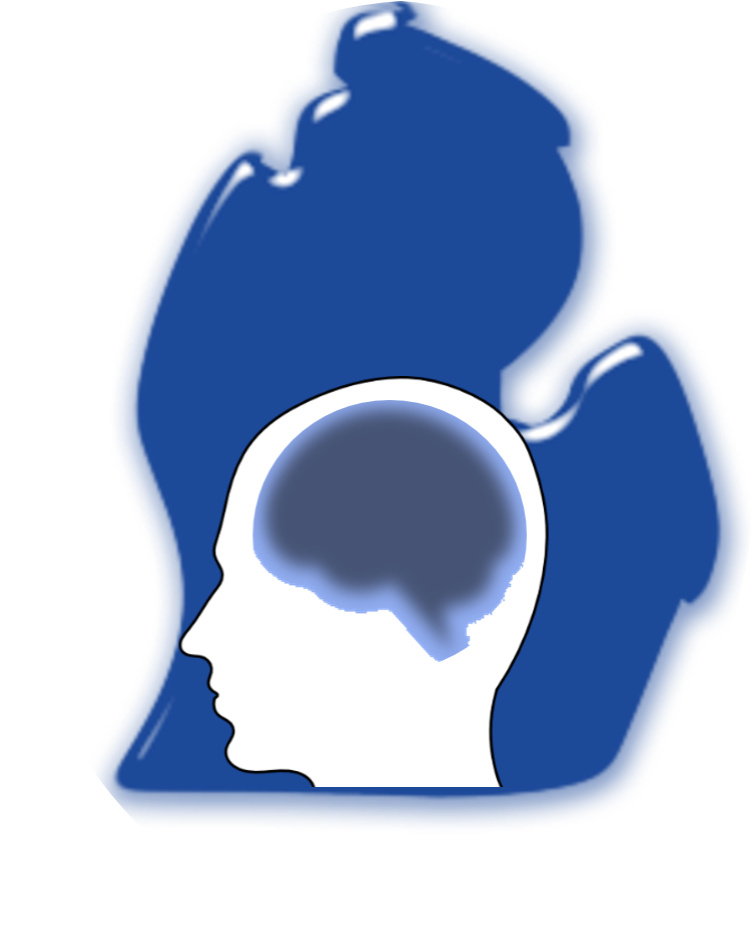
The lack of effective therapies for gait and balance abnormalities in advancing PD stems in large
part from a limited understanding of the role of non-dopaminergic systems in the pathophysiology
of these symptoms. It is increasingly clear that normal gait depends upon a complex interplay of
motor, sensory and cognitive functions, indicating that the full spectrum of PD neuropathology must
be considered to identify the responsible neural substrates. The PET work of Udall Center investigators
demonstrated that PD patients with a history of falls have significantly reduced cholinergic
function compared to non-falling patients, whereas these groups do not differ in the degree of
dopaminergic denervation. This was the first in vivo study to link cholinergic deficits explicitly
to gait dysfunction in PD patients, and is consistent with a considerable and growing body of work
supporting a critical role for cholinergic function in locomotion. This work includes several
reports indicating that enhancing cholinergic neurotransmission improves gait,
while anti-cholinergic drugs may have deleterious effects.
Despite these intriguing observations, the relationship between cholinergic lesions and gait
dysfunction in PD is poorly understood, and it is not clear whether or how these lesions
synergize with striatal dopamine deficiency. Two cholinergic projections in the brain degenerate
in PD and are implicated in the control of locomotion. The basal forebrain (BF) complex, including
the nucleus basalis of Meynert, provides the principal cholinergic input to the entire cortical
mantle. The pedunculopontine nucleus (PPN) provides cholinergic inputs to the thalamus, cerebellum,
several brainstem nuclei, the basal ganglia, and the spinal cord. The extent to which gait
dysfunction in PD is caused by independent or combined BF or PPN cholinergic lesions is not
well understood.